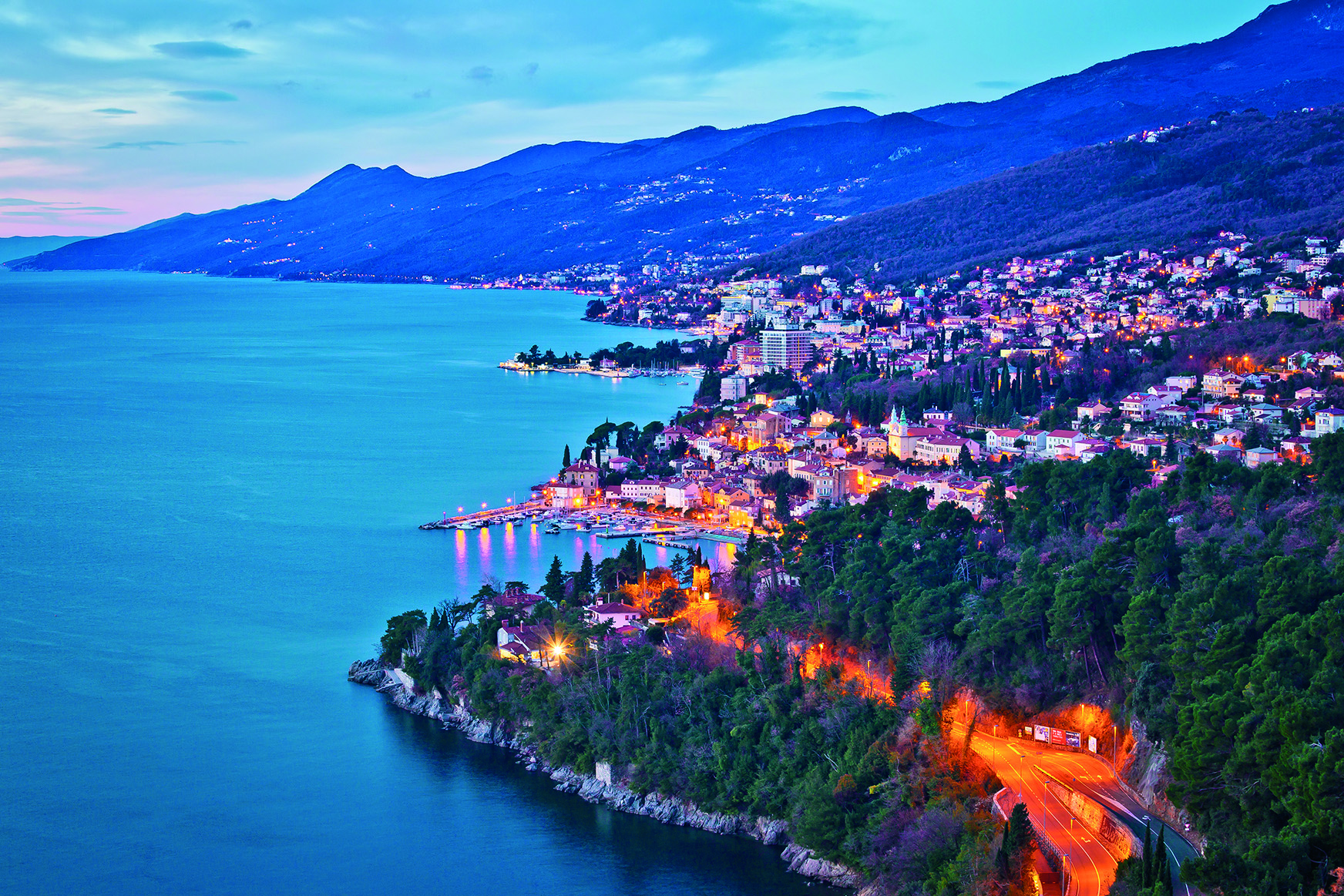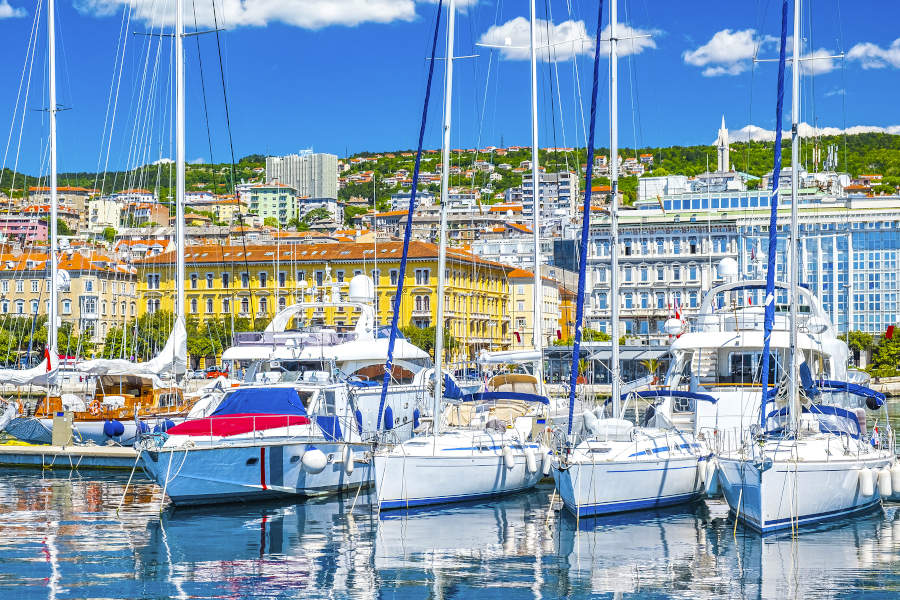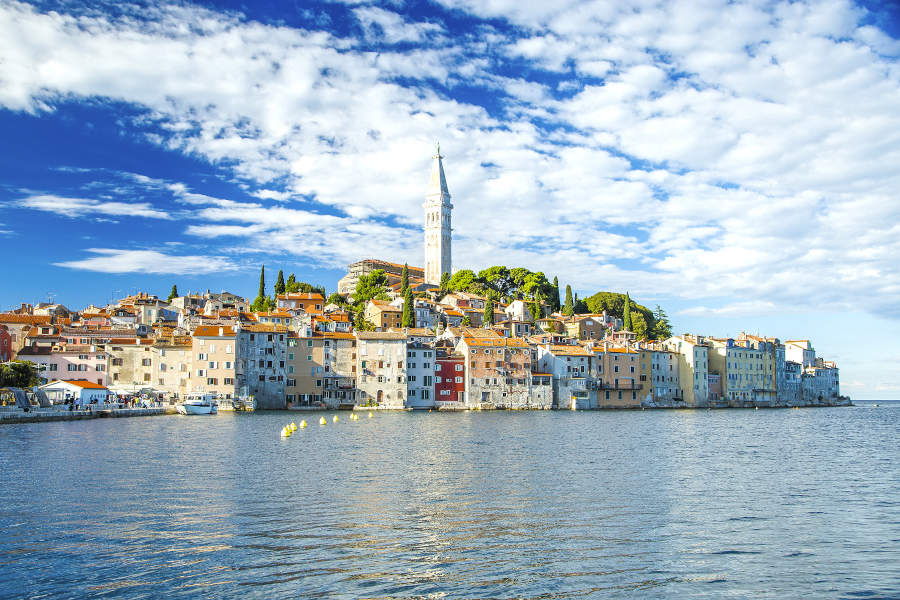Adria International School is located on the address Stubište Miroslava Krleže 1, Opatija, or, for those more familiar with this region, the former building of Opatija’s kindergarten.
Apart from its beauty and charm, this building is a true gem also because the city of Opatija itself does not have many available properties suitable for educational purposes.

Villa Warmeck was built in 1895 for Baron Franz von Reyer, apparently to a design by engineer Carl Conighi (who was definitely the contractor). It was originally called Villa Warmeck, and the building is still known by that name today. After 1900, the villa was acquired by the baron’s widow, Baroness von Reyer, who sold it to the municipality of Volosko – Opatija at the beginning of 1910.
The municipality adapted the building for a school, and in the academic year 1910/1911, the Communal Small Real Gymnasium in Volosko – Opatija was opened. From the academic year 1913/1914, there was also a School for Advanced Studies for Scientists in Volosko – Opatija. Under Italian administration, the building housed the Regina Elena Girls’ Primary School, and after 1945, the Italian Seven-Year Primary School. Later, the School for Students in Industry Opatija moved into the building, followed by the Opatija Kindergarten.
Opatija
Adria International School is situated in the centre of Opatija. Due to its extraordinary beauty and unique geographical position, Opatija is often labelled as the pearl of Croatian tourism. It is located at the foot of the Učka mountain range, and one can recognise it by its beautiful nature, parks, old Austrian-Hungarian villas and hotels, as well as the 12-kilometre long Lungomare promenade that connects settlements on Opatija’s Riviera – Volosko, Opatija, Ičići, Ika, and Lovran.
The intense development of Opatija began in the second half of the 19th century, when the city became a fashionable health resort for the Austrian-Hungarian Monarchy bourgeoisie, and it retained the reputation of a luxury resort to this day. Opatija holds the leading position in Croatia when it comes to congress tourism and organisation of festivals and concerts.


Rijeka
Rijeka, the third largest city in Croatia and the capital of Primorje-Gorski Kotar County, is located just 14 km east of Opatija.
Primorje-Gorski Kotar County extends across and has a population of 266,503 inhabitants. Apart from Rijeka and its surroundings, it encompasses the islands of the Kvarner Gulf, the Croatian Littoral, and Gorski Kotar.
Rijeka has a population of 110,000 inhabitants, and until the end of the 20th century it was an industrial city and the centre of Croatian shipbuilding industry. Today, Rijeka is the site of many investments, not only in industry but in tourism as well, which makes it an attractive place to live in.
Kvarner and Istria
West of Opatija there is the Istrian peninsula, which is, economically and culturally, one of the most developed regions of Croatia.
Kvarner and Istria are known for multiculturalism and multilingualism. Serbian, Slovenian and Italian minorities are the largest in this area, while in recent times an increasing number of families from the EU have settled in these parts either for business or because of the climate.

